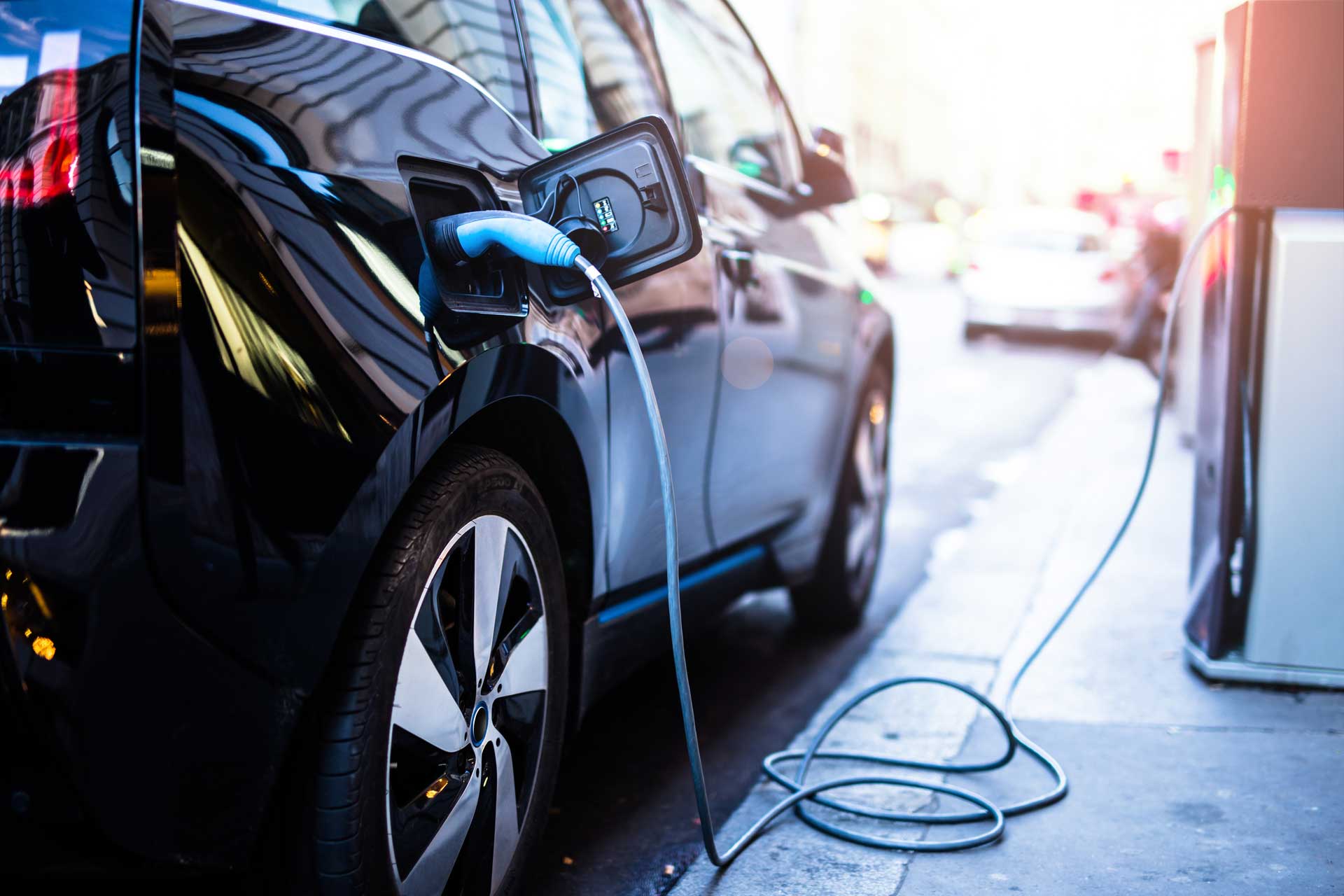Macro: It’s all about elections and keeping status quo
Markets are driven by election optimism, overshadowing growing debt and liquidity concerns. The 2024 elections loom large, but economic fundamentals and debt issues warrant cautious investment.

Head of Equity Strategy
The electric vehicle and battery industry is one of the hottest investment themes today with massive government backing meant to kickstart a revolution in transportation away from the internal combustion engine (ICE). US-based battery electric vehicle producer (BEV) Tesla has so far pioneered the industry and remains dominant in the developed world in brand terms. However, China is already now the biggest BEV market in the world with many of its large carmakers producing electric cars for the masses.
China has to have everything that the US has, and now the Chinese company NIO, often called 'China’s Tesla', has announced plans to offer shares to US public markets. While the offering represents an opportunity to invest in this emerging new industry, it comes with great risks. The offering is aggressive and will be the ultimate test of market froth in the latter part of this economic cycle.
The offering and share capital
NIO states in its F-1 registration statement that it intends to offer 160,000,000 new Class A ordinary shares to the public in the $6.25-8.25 price range with a mid-price at $7.25 and an additional over-allotment option to the investment banks of 24,000,000 new shares. The shares will trade on the NYSE with the likely Saxo Bank ticker symbol of NIO:xnys. The expected pricing date is set to September 11 with the first day of trading on September 12.
Total outstanding shares immediately after the IPO, excluding the over-allotment option, are 1,011,041,978, translating into a free float of 15.8%. Based on the maximum offer price, NIO’s IPO proceeds will be $1.32 billion. If the over-allotment option is exercised, additional proceeds will be raised after the IPO.
The share capital structure is a triple-class ordinary share structure with the IPO comprised of Class A ordinary shares. Class C ordinary shares will represent 47.8% of the voting power immediately after the IPO, which means that public investors will exercise little control over NIO. Of all the IPO prospectuses we have analysed in the past, this one leaves us notably perplexed. The capital structure is complex and the overview of the share capital before and after the IPO is often confusing and unclear. We are thus cautious on the offering.